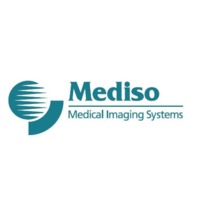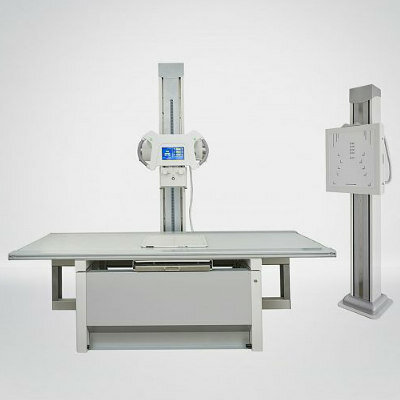Tomosynthesis Enhances Identification of Infiltrating Ductal Carcinoma in Women at Increased Risk of Breast Cancer
By MedImaging International staff writers
Posted on 02 May 2013
Three-dimensional (3D) mammography, also known as tomosynthesis, is superior at revealing infiltrating ductal carcinoma than 2D mammography in women at increased risk of breast cancer. As part of a new study, six breast-imaging specialists reviewed both 2D and 3D mammography images of 56 tumors detected in patients at intermediate or high risk of breast cancer. Posted on 02 May 2013
“We found that 41% (23/56 cancers) were better seen on tomosynthesis and 4% (2/56) were only seen on tomosynthesis,” said Dr. Sarah O'Connell, from South Shore Medical Center (Norwell, MA, USA), and a lead author of the study. Thirty percent of tumors (17/56) were better visualized on 2D mammography but none were seen only on 2D mammography. The remaining were gauged by the breast imaging specialists as being equally visible on both 2D and 3D imaging, she reported. “The majority of cancers seen better or only on tomosynthesis were predominantly infiltrating ductal carcinoma, which typically presents as a mass, focal asymmetry, or architectural distortion,” said Dr. O'Connell.
Most of the tumors better seen or only on 2D mammography were ductal carcinoma in situ (DCIS), which present as calcifications, according to Dr. O'Connell. “This was not surprising because tomosynthesis gives us the ability to scroll through the breast tissue in 1-mm sections, which provides us with more detail, but also may separate a cluster of calcifications, making them more difficult to identify,” said Dr. O'Connell. She noted that work is being done to optimize visualization of calcifications on tomosynthesis.
The advantages of tomosynthesis are predominantly pertinent to women at increased risk of breast cancer who have increased concerns about breast screening and have the potential for biologically aggressive cancers, noted Dr. O'Connell.
The study’s findings were presented in April 16, 2013, at the American Roentgen Ray Society (ARRS) annual meeting in Washington DC (USA).
Related Links:
South Shore Medical Center














